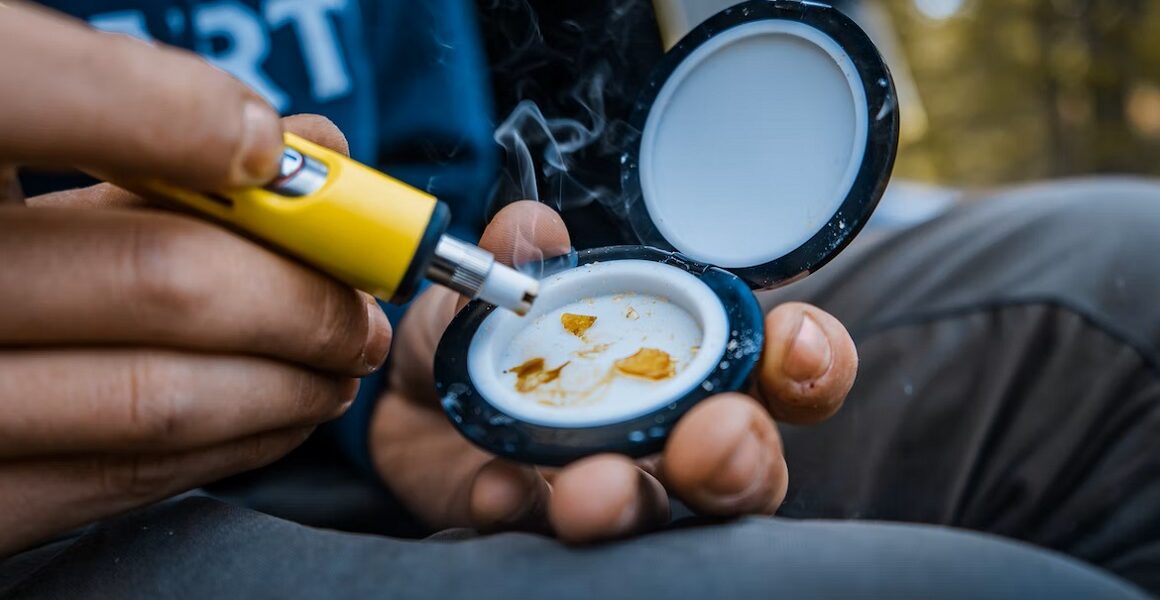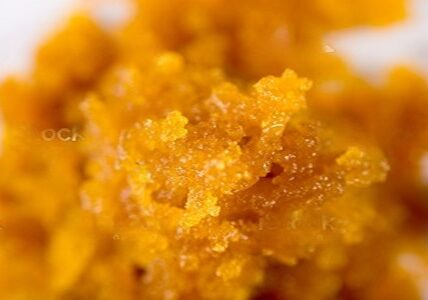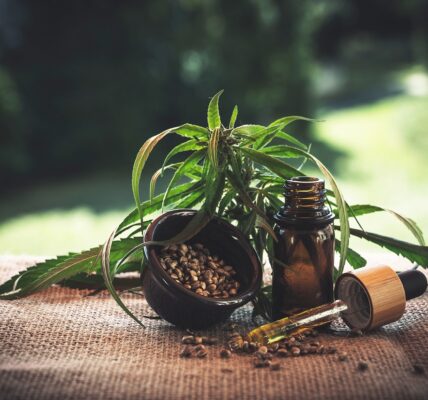In the ever-evolving world of cannabis consumption, one method that has gained immense popularity in recent years is dabbing. Dabbing involves the vaporization and inhalation of cannabis concentrates, providing users with a potent and fast-acting experience. If you’re curious about diving into the world of dabbing, this comprehensive overview will guide you through the essentials of cannabis concentrate consumption.
What are Cannabis Concentrates?
Before delving into the intricacies of dabbing, it’s crucial to grasp the concept of cannabis concentrates. Concentrates are extracts derived from the cannabis plant, containing higher levels of cannabinoids, such as THC and CBD, compared to traditional flower. The extraction process involves isolating the essential compounds, resulting in various forms of concentrates like wax, shatter, and oil.
Types of Cannabis Concentrates:
- Wax:
- Appearance: Soft, sticky, and often resembles ear wax.
- Texture: Varies from a crumbly consistency to a more buttery texture.
- Potency: Wax can have a high THC content, making it a favorite among seasoned users.
- Shatter:
- Appearance: Glass-like and translucent, similar to a sheet of hard candy.
- Texture: Brittle and easily breakable, hence the name “shatter.”
- Potency: Known for its high THC concentration, offering a powerful experience.
- Oil:
- Appearance: Viscous and liquid, resembling honey or syrup.
- Texture: Ranges from thick to runny, depending on the extraction process.
- Potency: Oils are versatile, offering a range of potencies based on the extraction method.
The Dabbing Process:
Now that you understand the basics of cannabis concentrates, let’s explore the process of dabbing:
- Dab Rig:
- A dab rig is a specialized water pipe designed for vaporizing concentrates. It typically consists of a glass chamber, a nail (usually made of quartz, titanium, or ceramic), and a torch.
- Heating the Nail:
- Use a torch to heat the nail until it reaches the desired temperature. The ideal temperature for dabbing is often lower than that for smoking flower, preserving the delicate flavors of the concentrate.
- Applying the Concentrate:
- Once the nail is heated, use a dabber tool to apply a small amount of concentrate onto the hot surface. The heat instantly vaporizes the concentrate, producing a smooth and flavorful vapor.
- Inhaling:
- Inhale the vapor through the dab rig, allowing the cannabinoids to enter your system rapidly. Exhale and enjoy the effects, which are often more intense and immediate compared to other consumption methods.
Tips for Dabbing Success:
- Start Small:
- Dabbing can be potent, especially for those new to concentrates. Begin with a small amount and gradually increase as you become more comfortable with the experience.
- Temperature Control:
- Experiment with different nail temperatures to find the sweet spot for your preferences. Lower temperatures can enhance flavor, while higher temperatures may yield more intense effects.
- Quality Matters:
- Invest in high-quality concentrates from reputable sources to ensure a clean and enjoyable dabbing experience. Inferior products may contain impurities that can affect both taste and safety.
- Clean Your Equipment:
- Regularly clean your dab rig, nail, and dabber tool to maintain optimal flavor and prevent residue buildup. A clean setup enhances the overall dabbing experience.
Conclusion:
Dabbing has emerged as a popular and efficient method for cannabis enthusiasts seeking a potent and flavorful experience. Understanding the various types of concentrates, the dabbing process, and incorporating best practices will enable you to navigate the world of dabbing with confidence. Whether you’re a seasoned cannabis consumer or a newcomer, dabbing offers a unique way to explore the diverse and evolving landscape of cannabis consumption. Remember to consume responsibly and in accordance with local laws and regulations.




